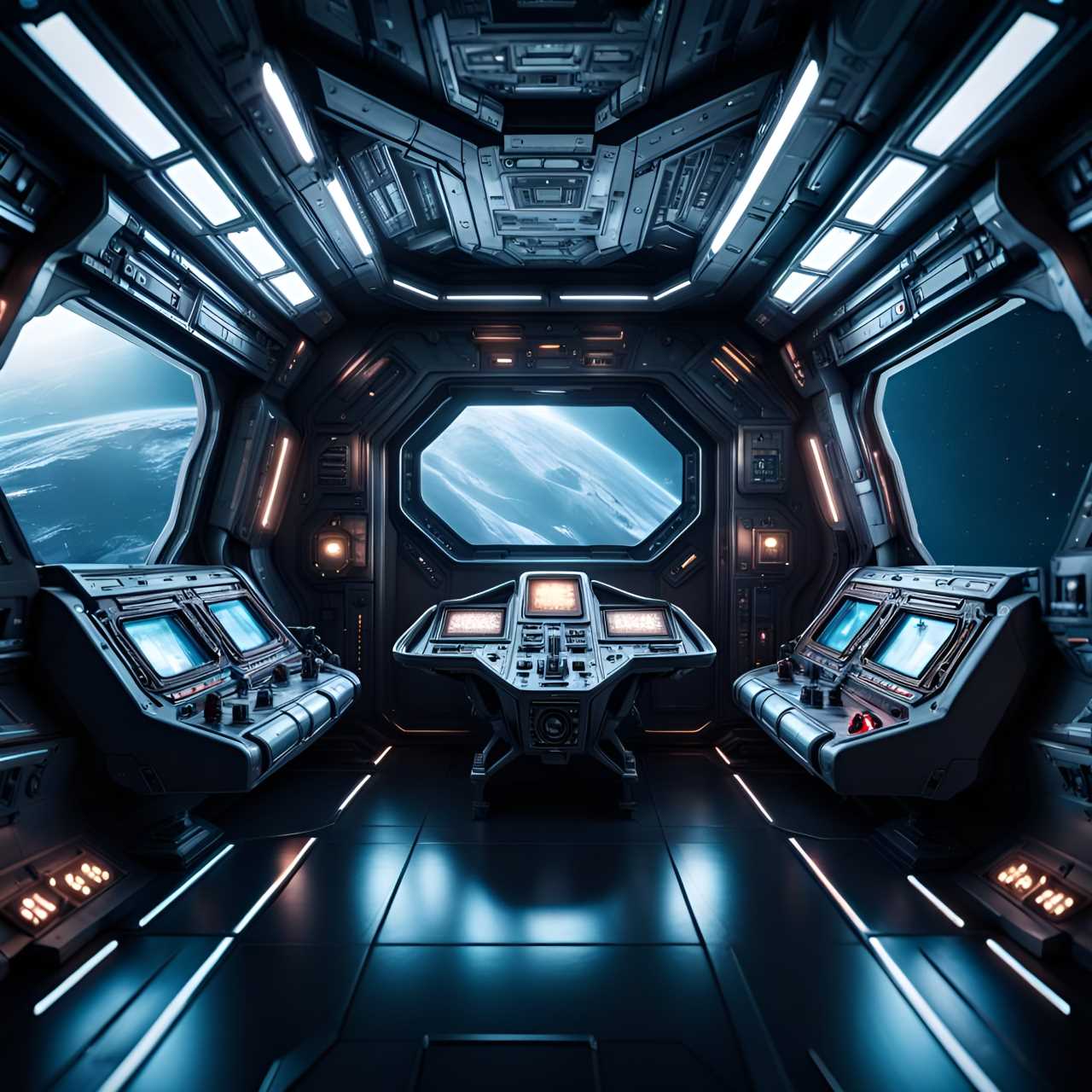In the digital age, video games have evolved from simple pixelated diversions to immersive, multi-dimensional experiences that transport players to fantastical worlds. Among the myriad components that make these digital realms captivating is the music that accompanies them. Composing music for modern video games is an art that combines the rich traditions of music theory with cutting-edge technology. It’s a realm where creativity and technical prowess unite to elicit emotions, enhance gameplay, and make these virtual worlds feel vividly real.
The Symbiotic Relationship
Music and video games share an intimate relationship, like two partners in a dance. While a game’s graphics and mechanics engage players visually and interactively, music adds an emotional dimension that guides the player’s experience. A well-composed score can elevate a game from mere entertainment to an emotional journey. It sets the tone, conveys the narrative, and invokes feelings, from the thrill of adventure to the dread of danger.
Understanding the Game
To create a harmonious soundtrack, a composer must first grasp the essence of the game. They delve into the storyline, characters, and settings. They seek to understand the player’s perspective – What emotions should the player feel in different situations? How can music enhance the gaming experience? Every note must be in sync with the gameplay, and every melody in tune with the narrative.
Creating a Sonic Palette
Modern technology offers a vast array of sonic possibilities. Composers, like painters, start with a blank canvas but in the auditory realm. They weave together a tapestry of sounds – orchestral instruments, electronic synths, vocals, and sometimes even the subtlety of silence. The creation of this “sonic palette” is akin to selecting colors from a painter’s palette – each sound chosen for its emotional impact.
Dynamic Composition
Unlike film scores that progress linearly, video game music must be dynamic. It must respond to the player’s choices. A composer’s role extends beyond creating a fixed track; they must craft adaptive music that reacts to the game’s progression. As players navigate through different environments or engage in various challenges, the music subtly shifts, creating a seamless experience. This dynamic composition calls for a deep understanding of programming and audio integration.
Innovation and Immersion
Modern game composers are also sonic innovators. They experiment with generative music and procedural audio, where the music reacts not only to the player’s actions but also to the game’s algorithms. This innovation enhances immersion, making the soundtrack an integral part of the gameplay itself. As a player moves through a forest, the music adapts, harmonizing with the rustling leaves and chirping birds. It’s a world where music isn’t just a layer but a living entity.
Collaboration and Iteration
The collaborative aspect of video game development cannot be overstated. Composers work hand in hand with game designers, developers, and sound engineers to ensure that music integrates seamlessly into the game. Feedback and iteration are constant companions in this creative journey. The composer’s work may evolve significantly as the game progresses, adapting to unforeseen changes in gameplay or narrative.
Conclusion
The art of composing music for modern video games is a delicate dance between creativity and technology. It’s a world where traditional music theory meets cutting-edge sound design. Video game music doesn’t merely accompany the gameplay; it elevates the entire experience. The composer’s role is to breathe life into digital realms, crafting melodies that resonate in the hearts of players. As technology continues to evolve, so will the art of video game composition, promising even more captivating and immersive sonic experiences in the realms of digital adventures.

